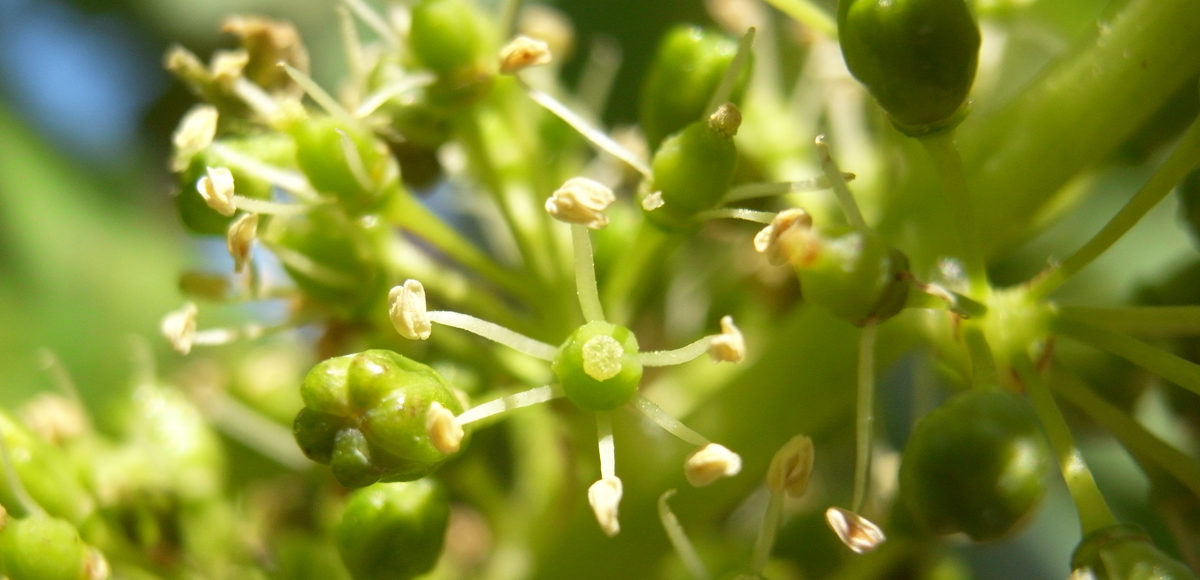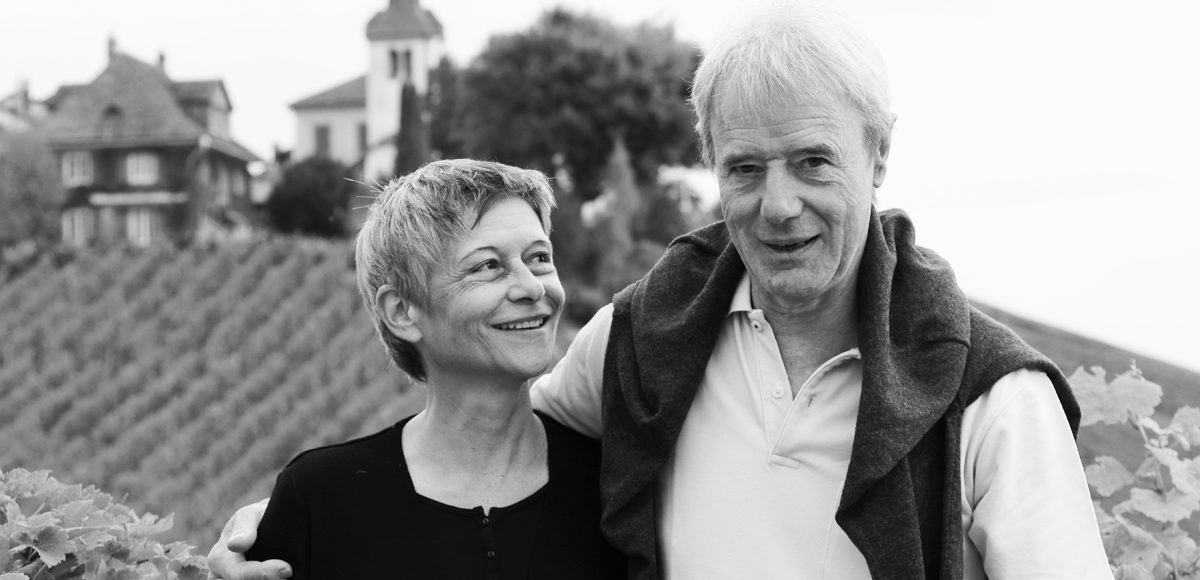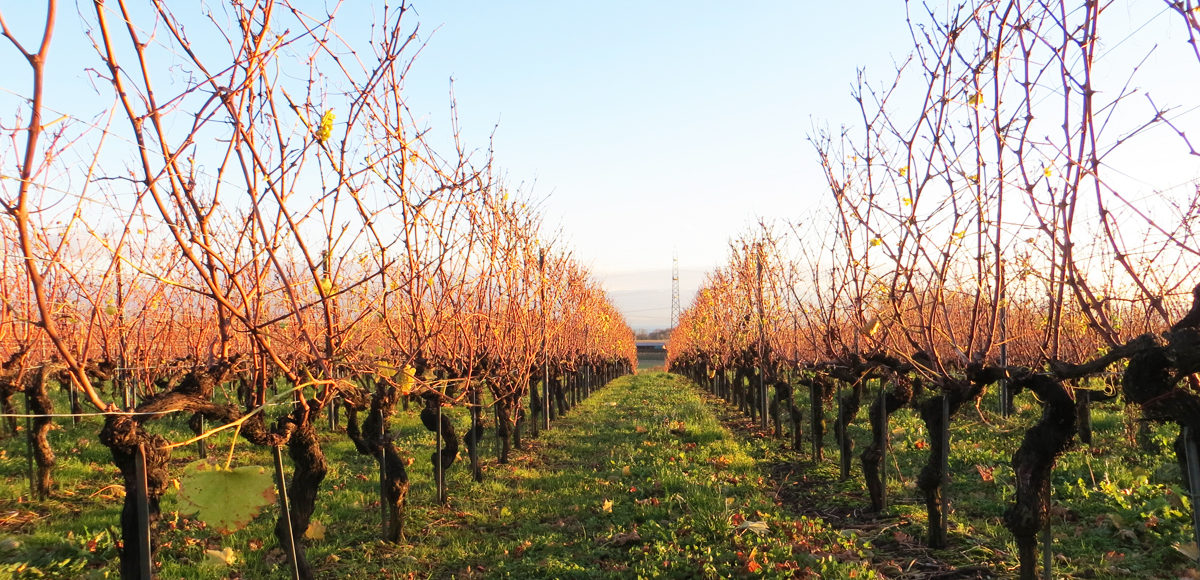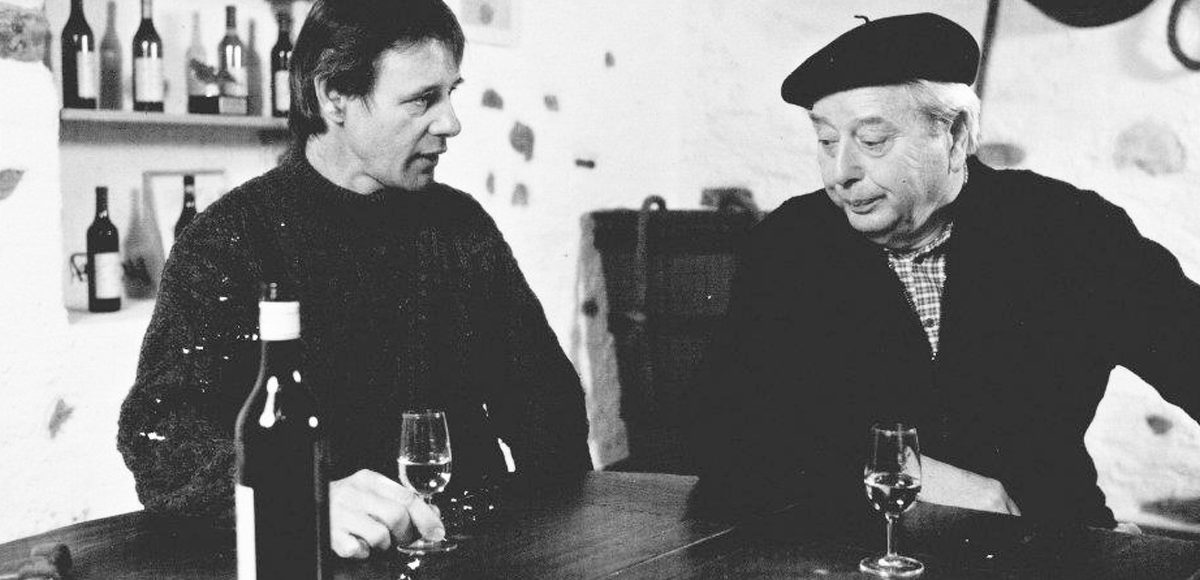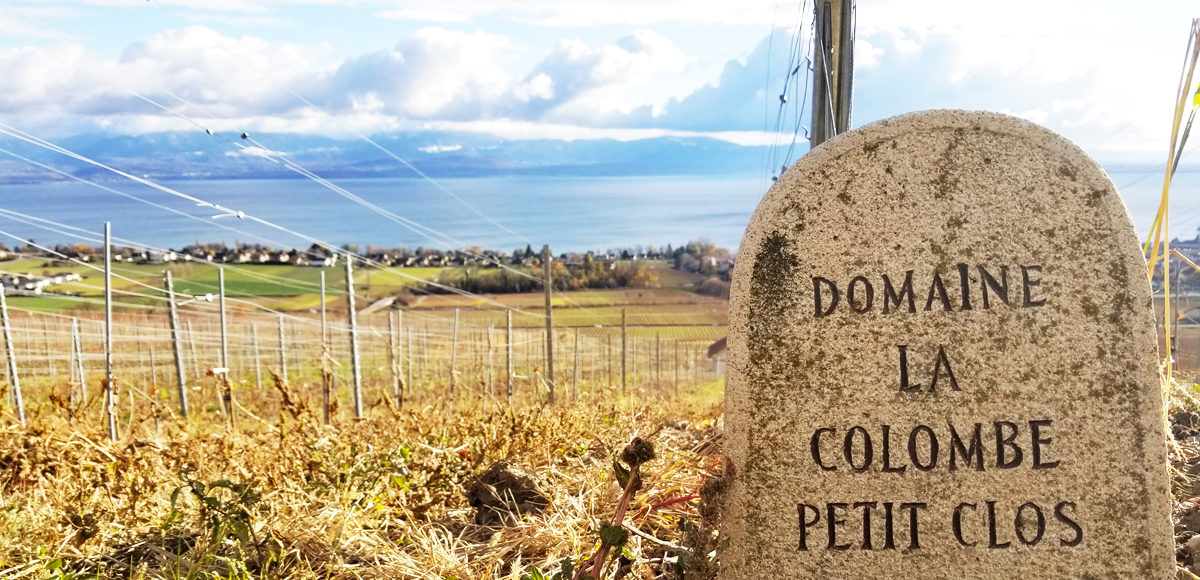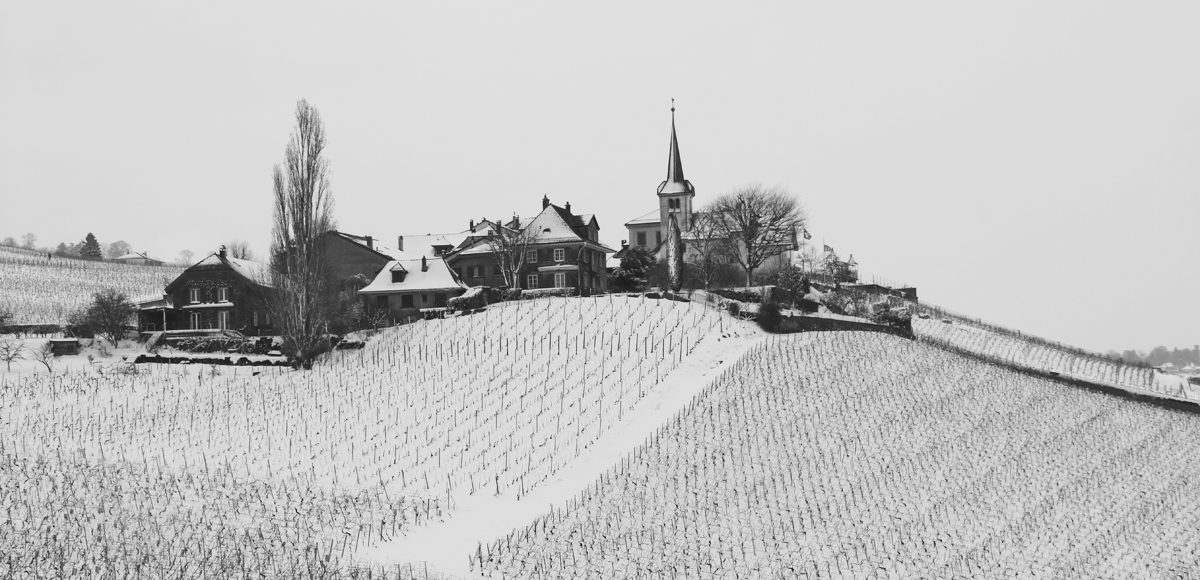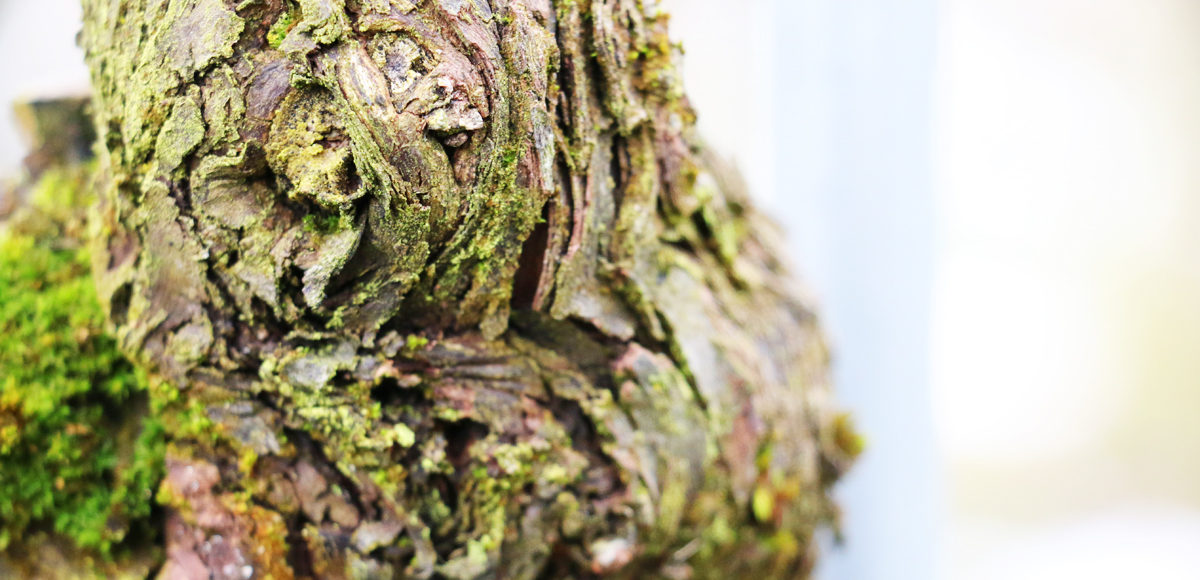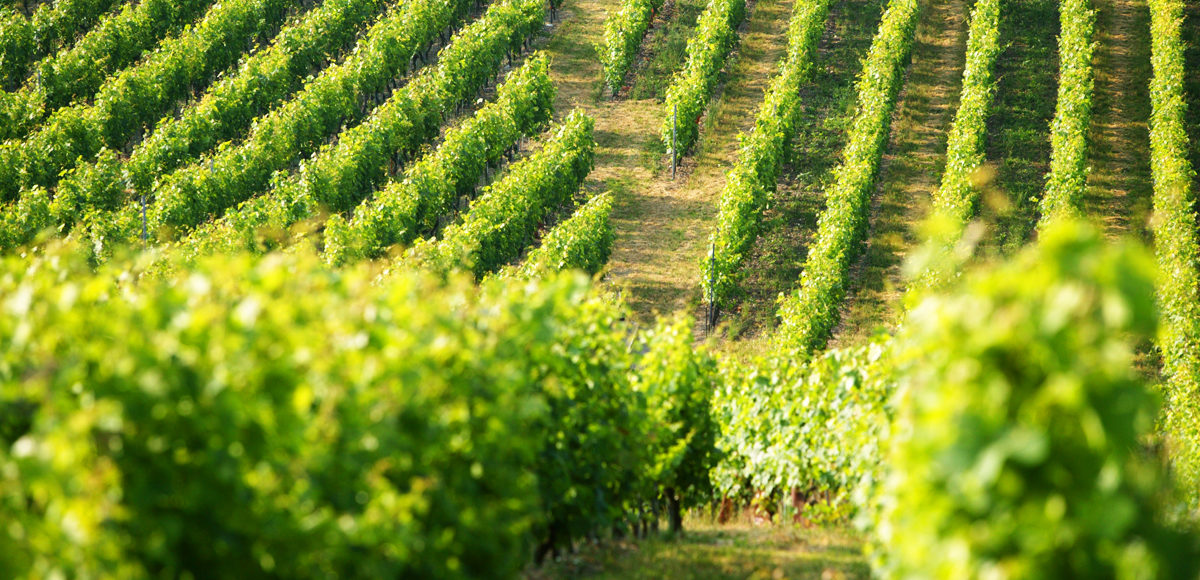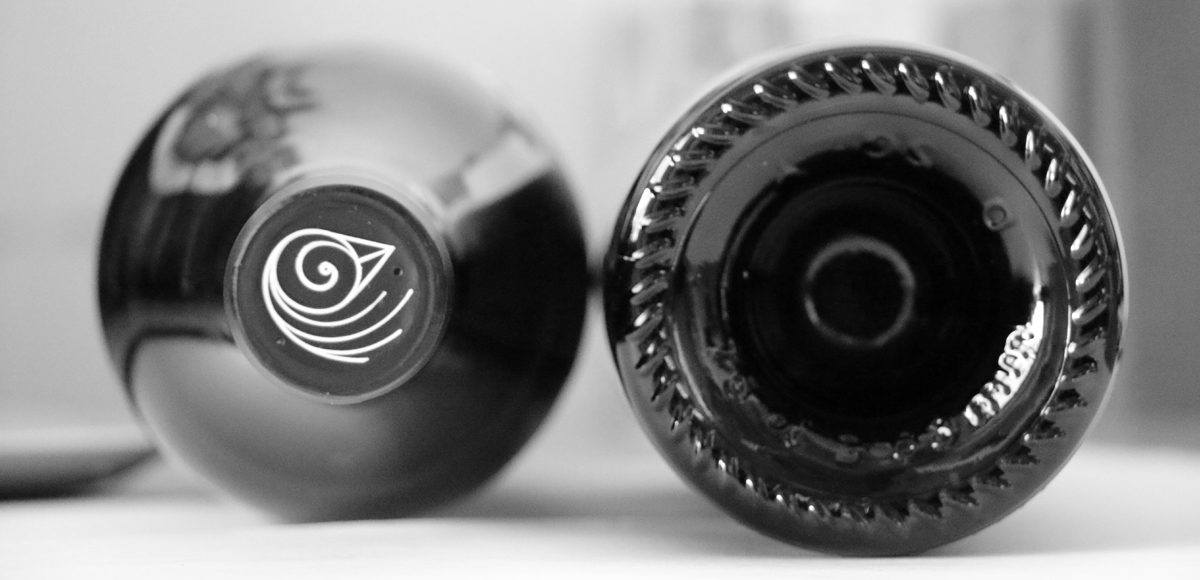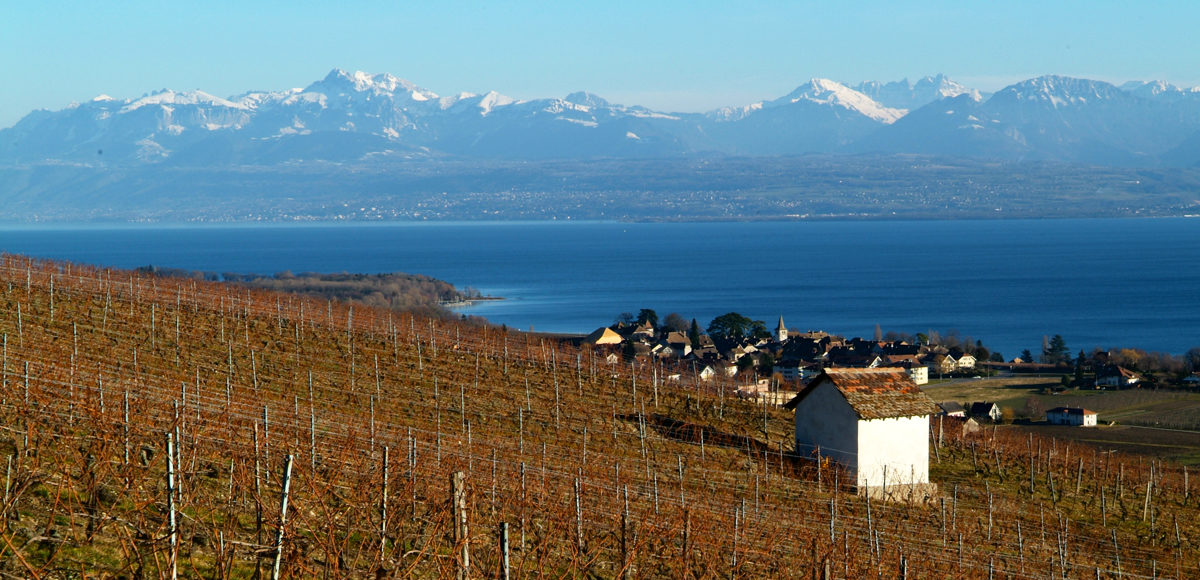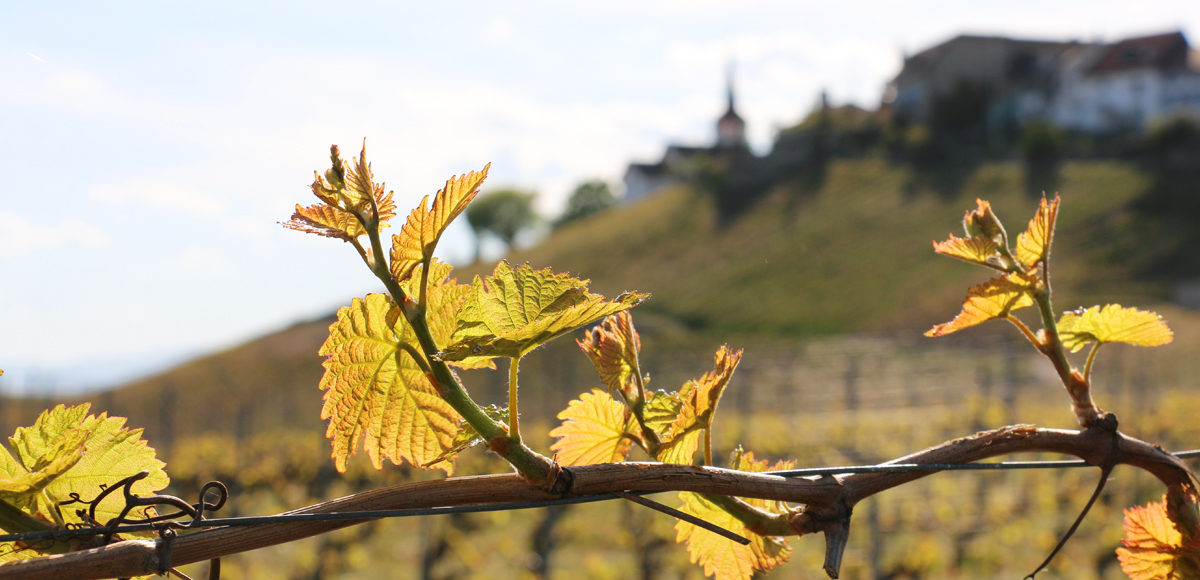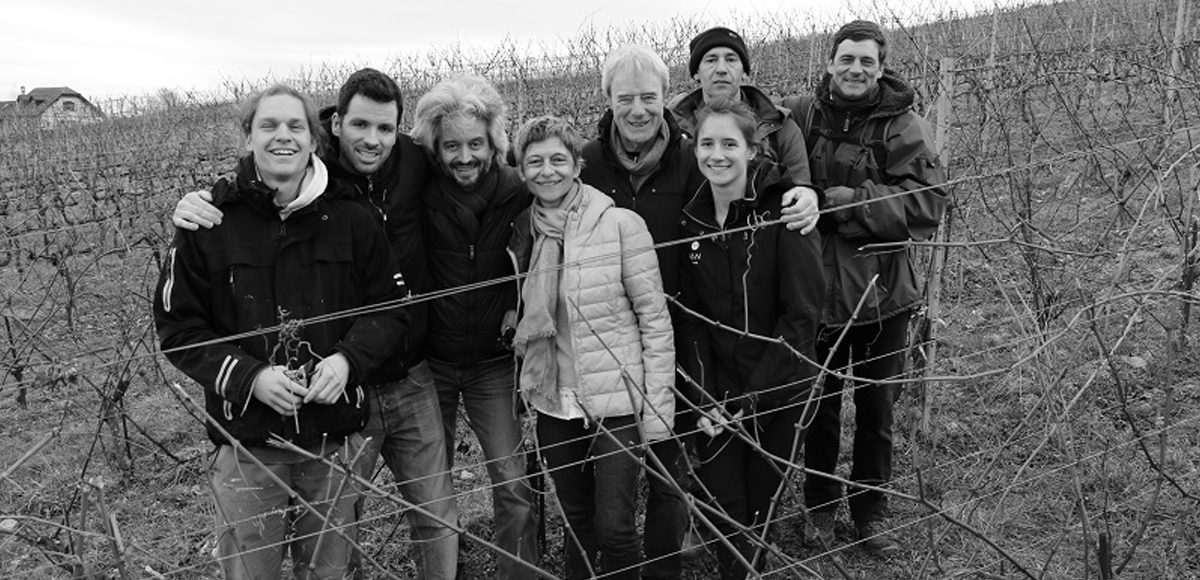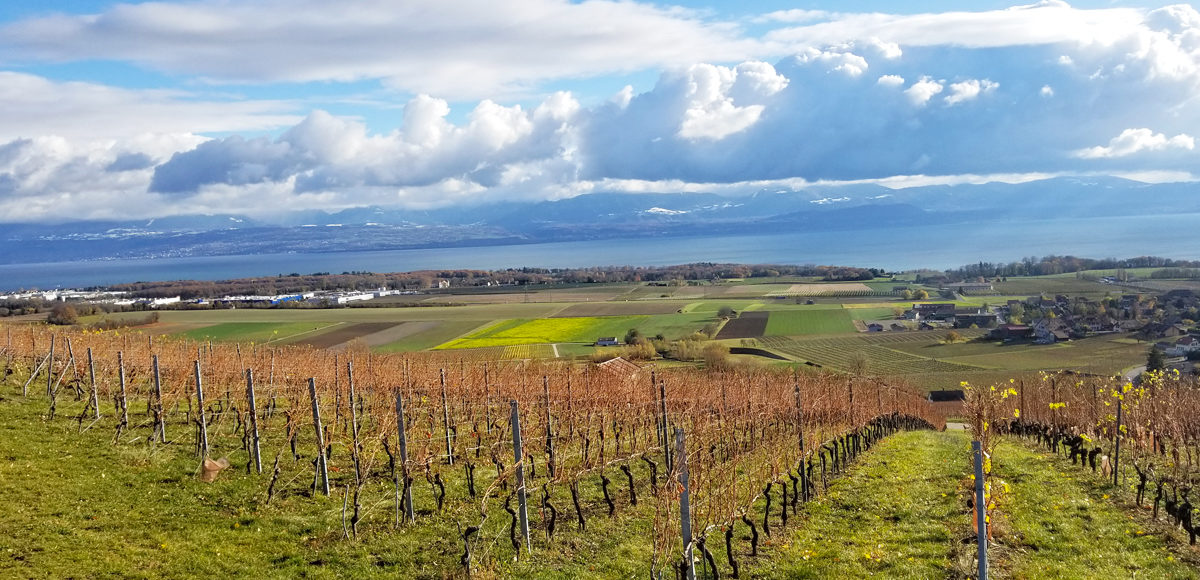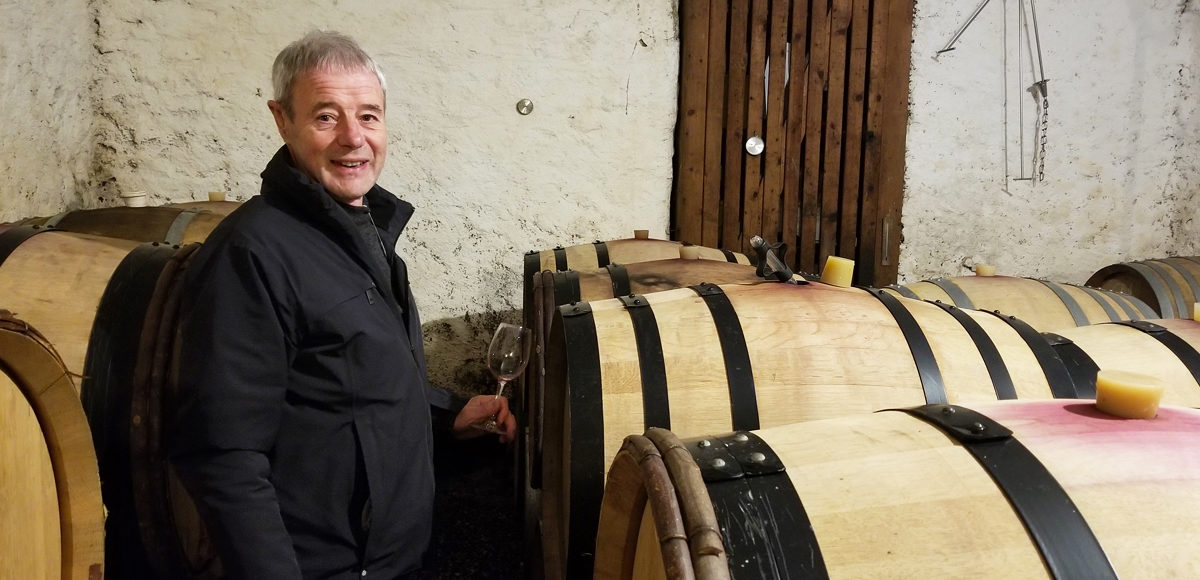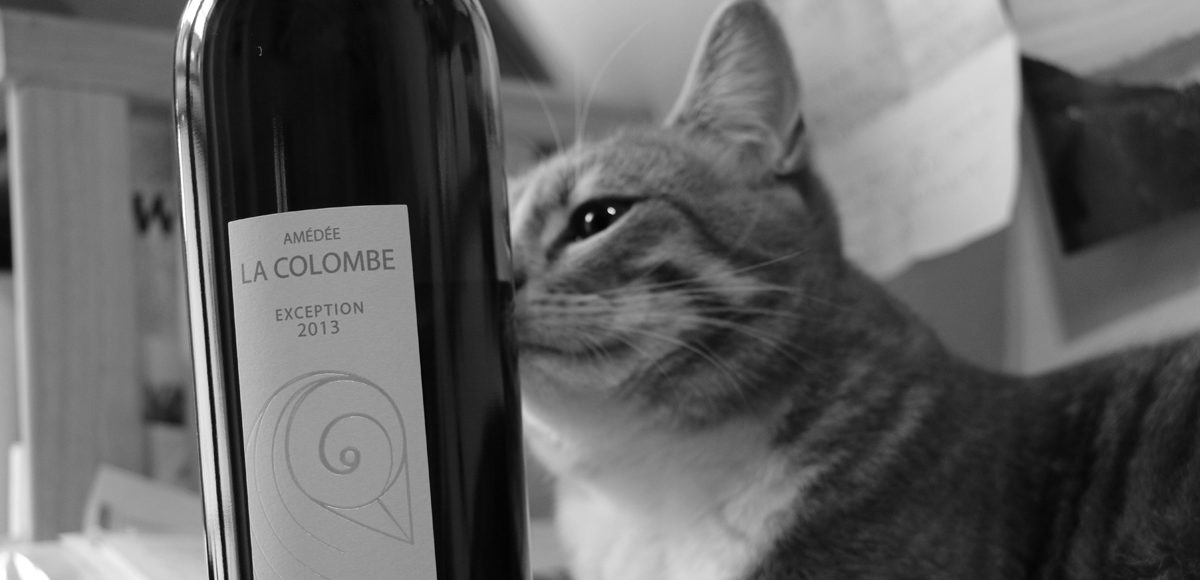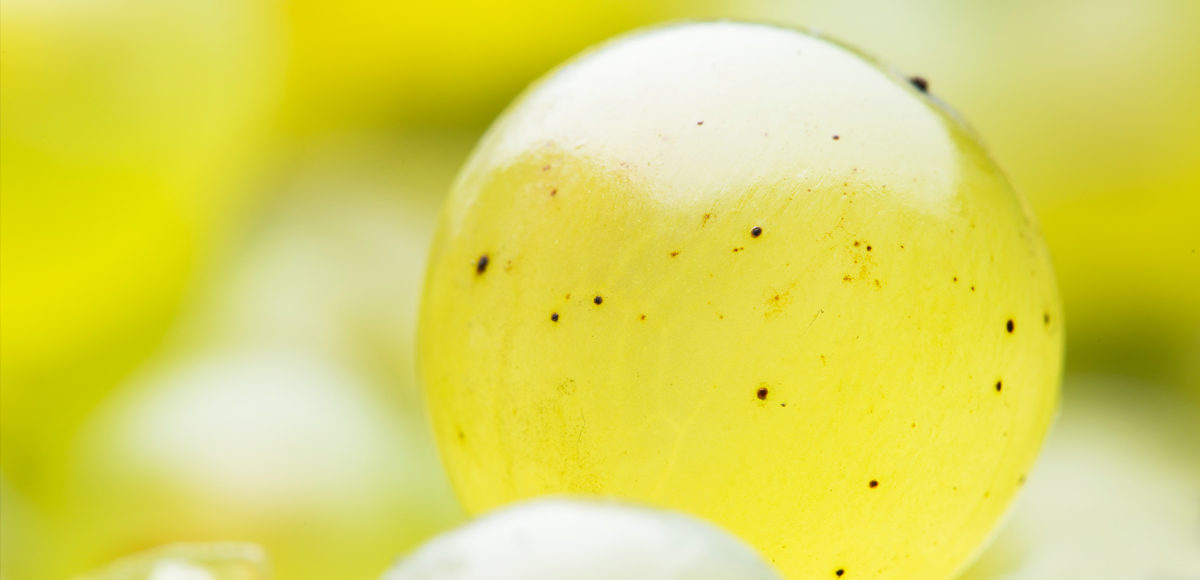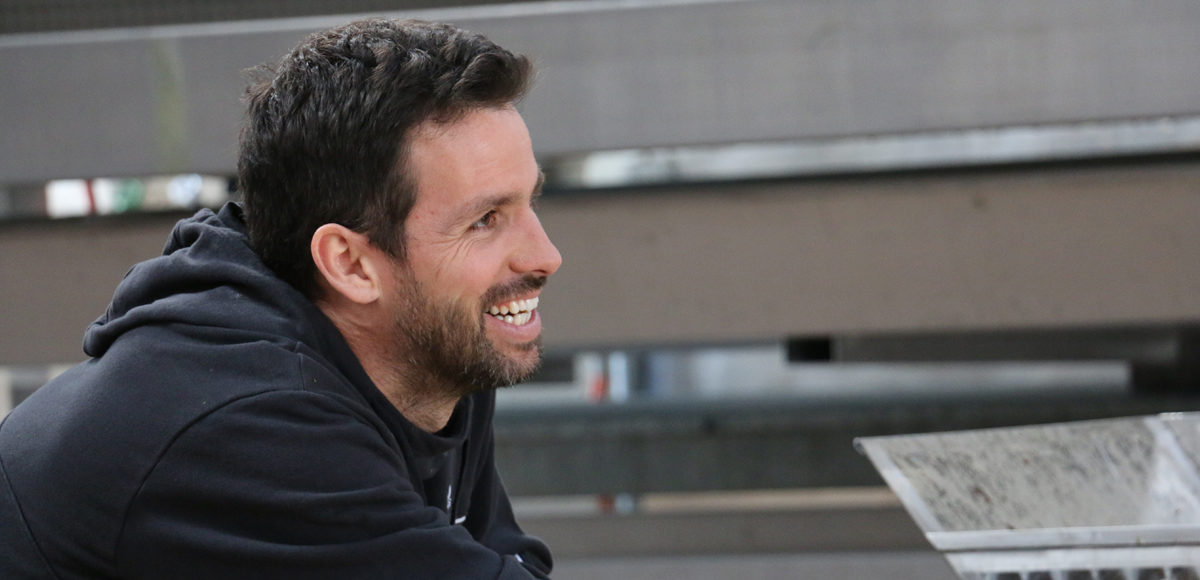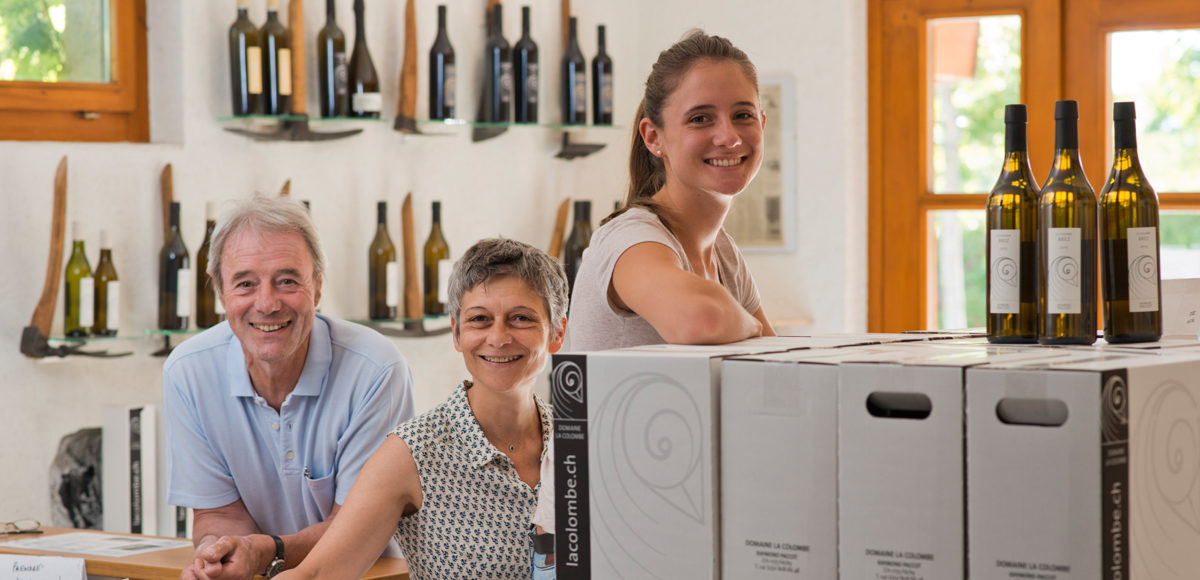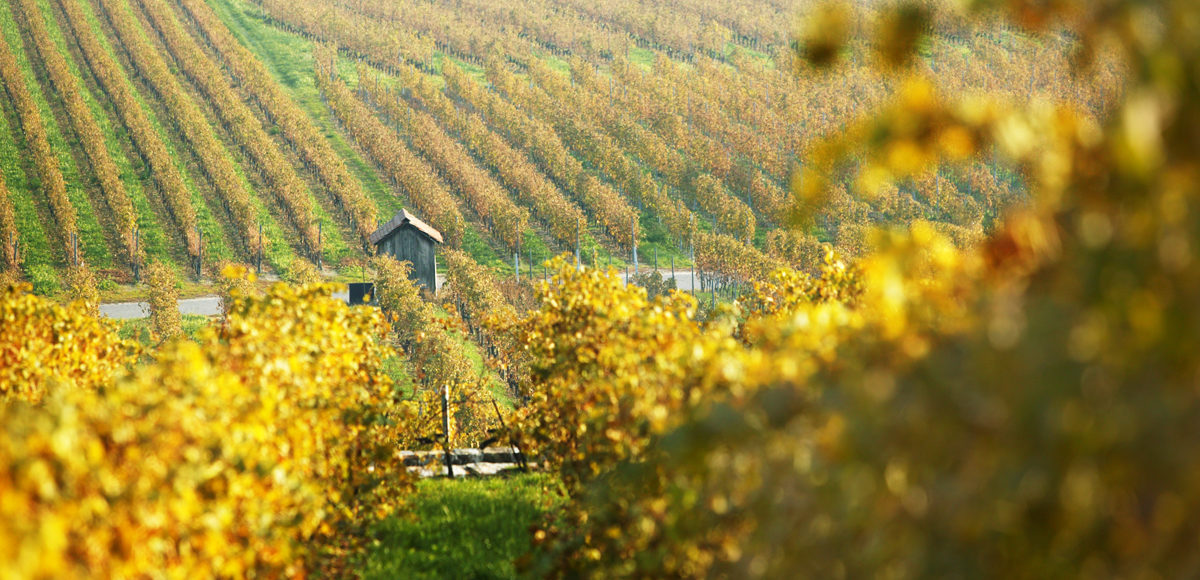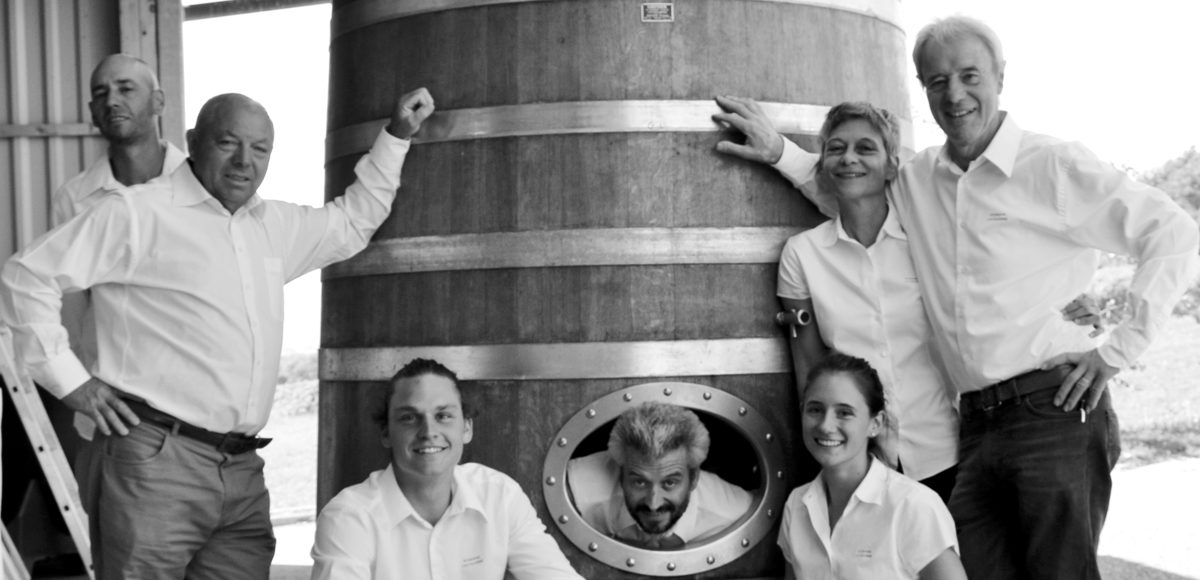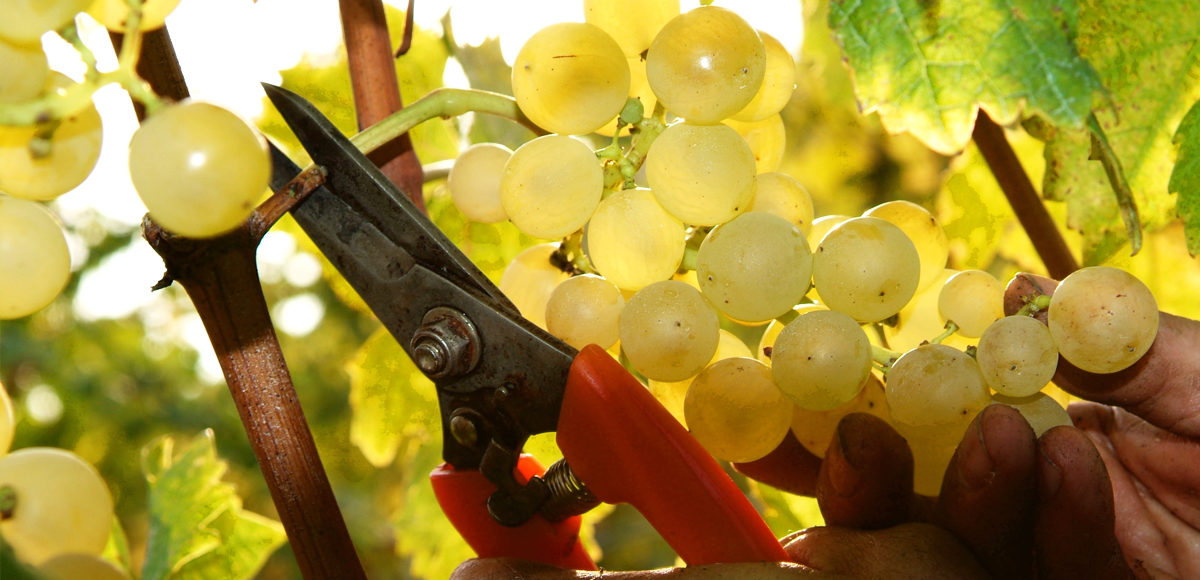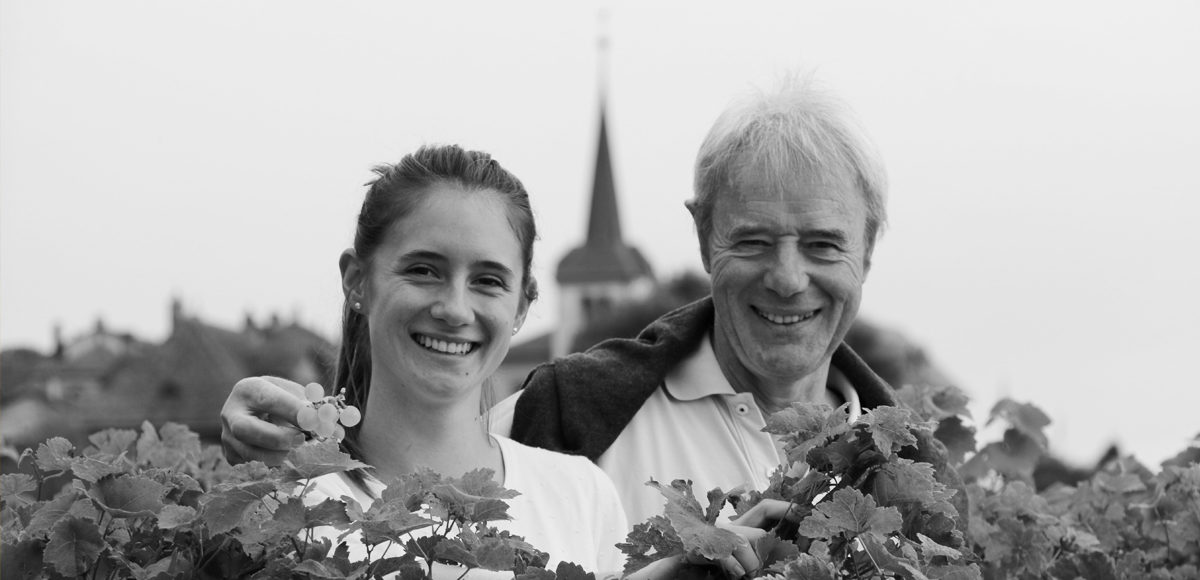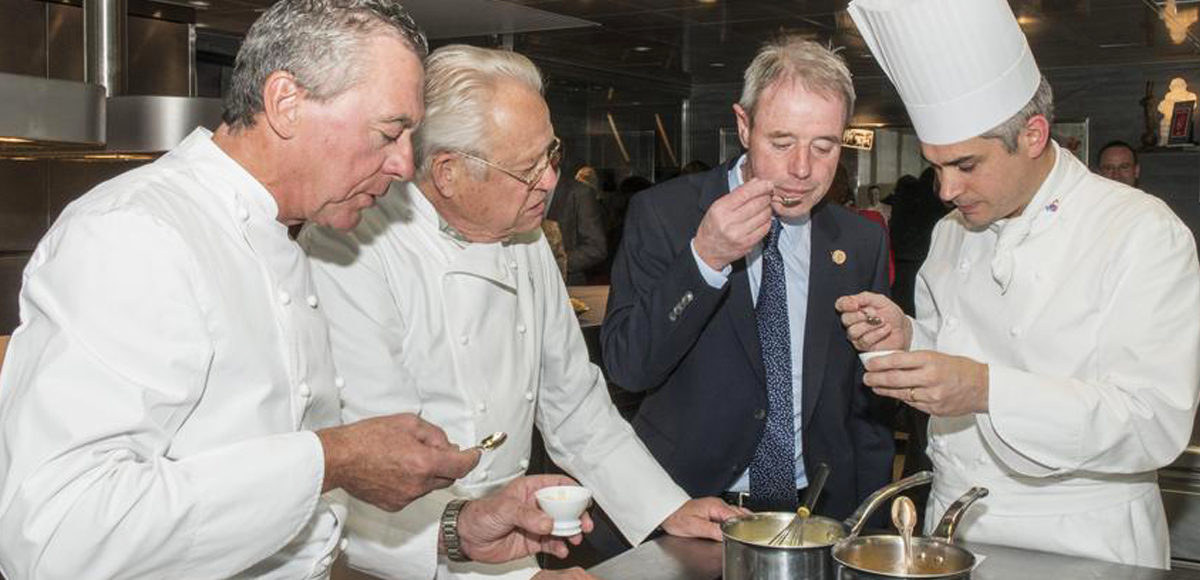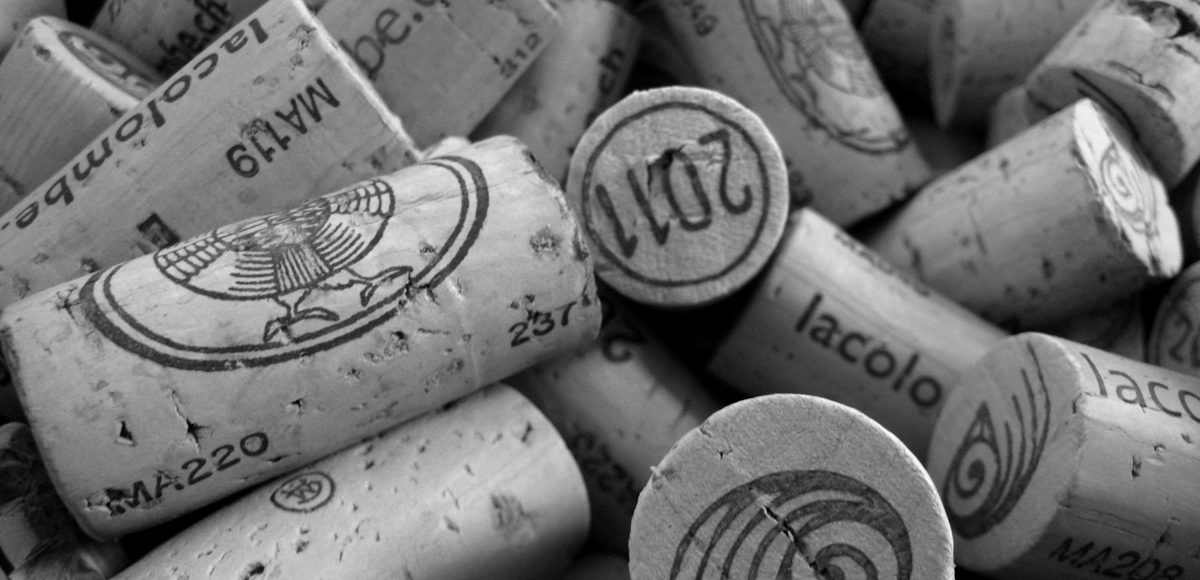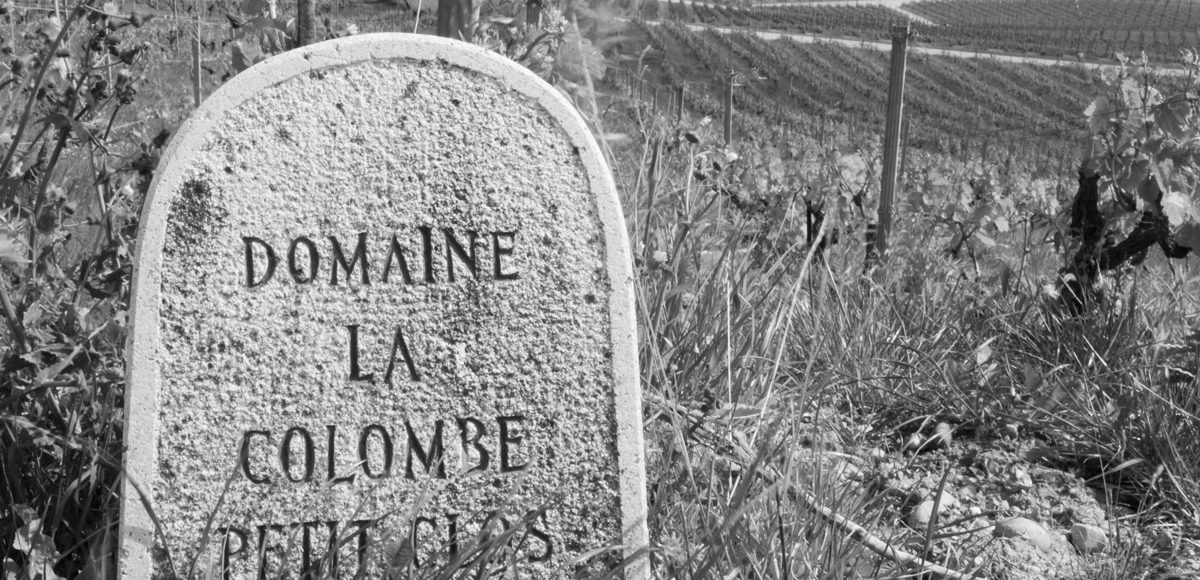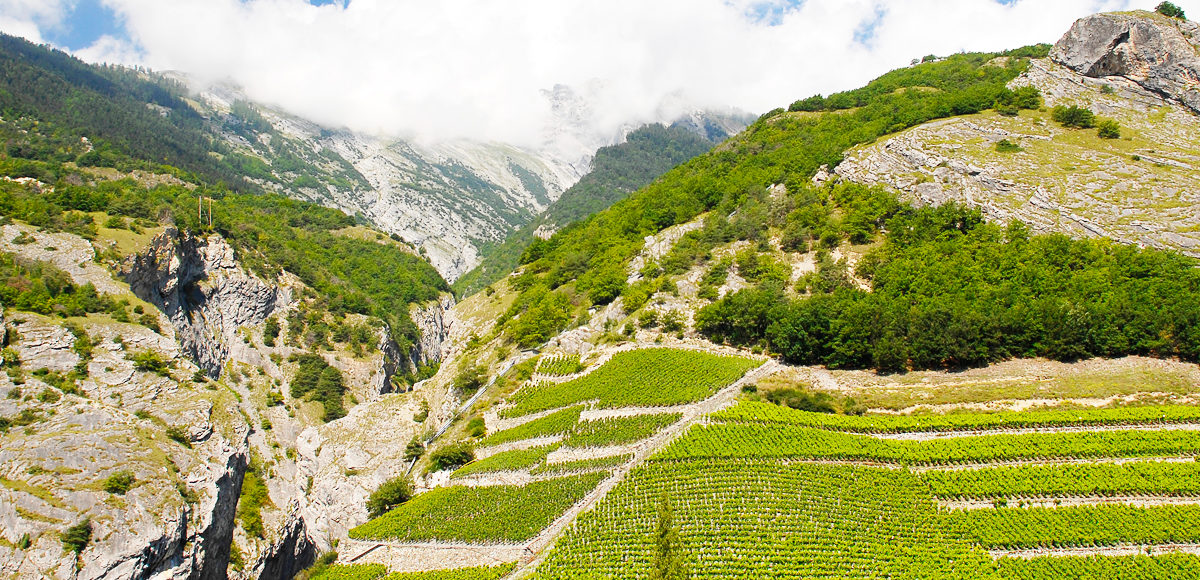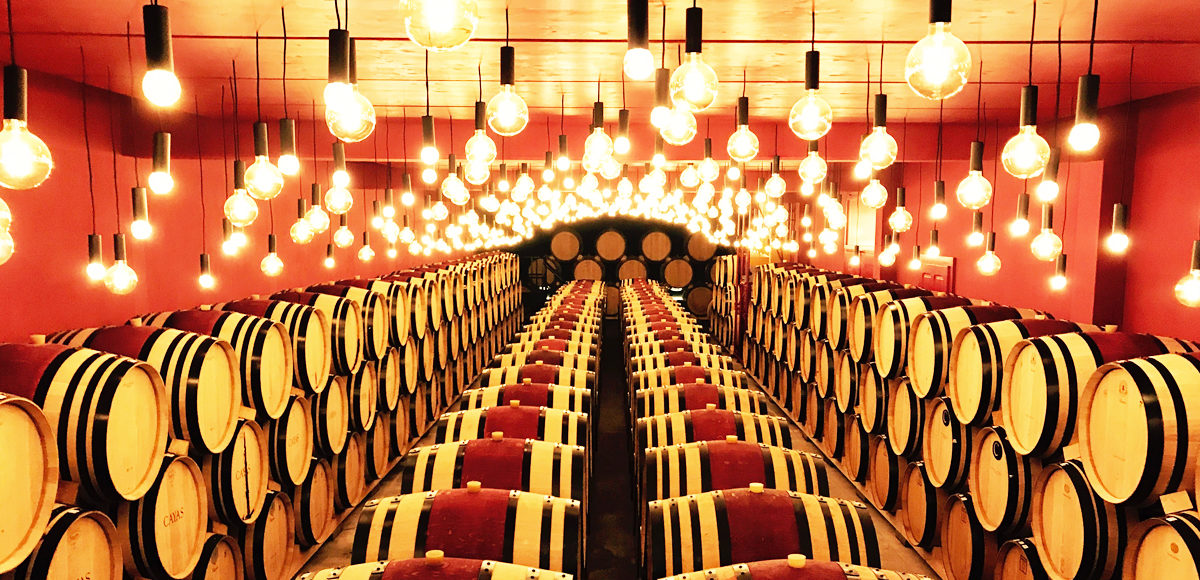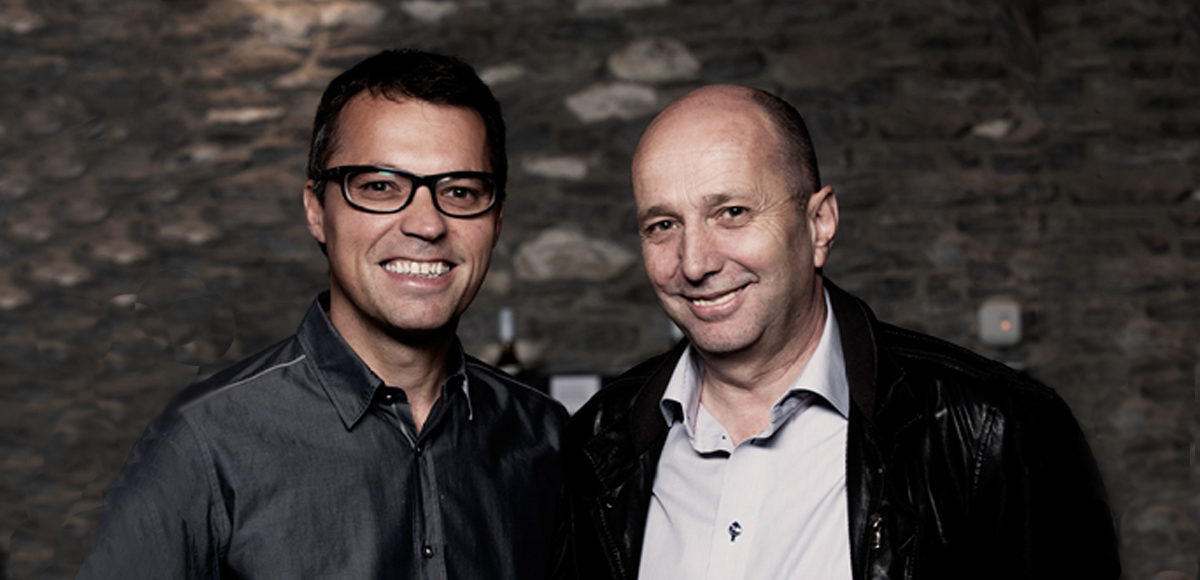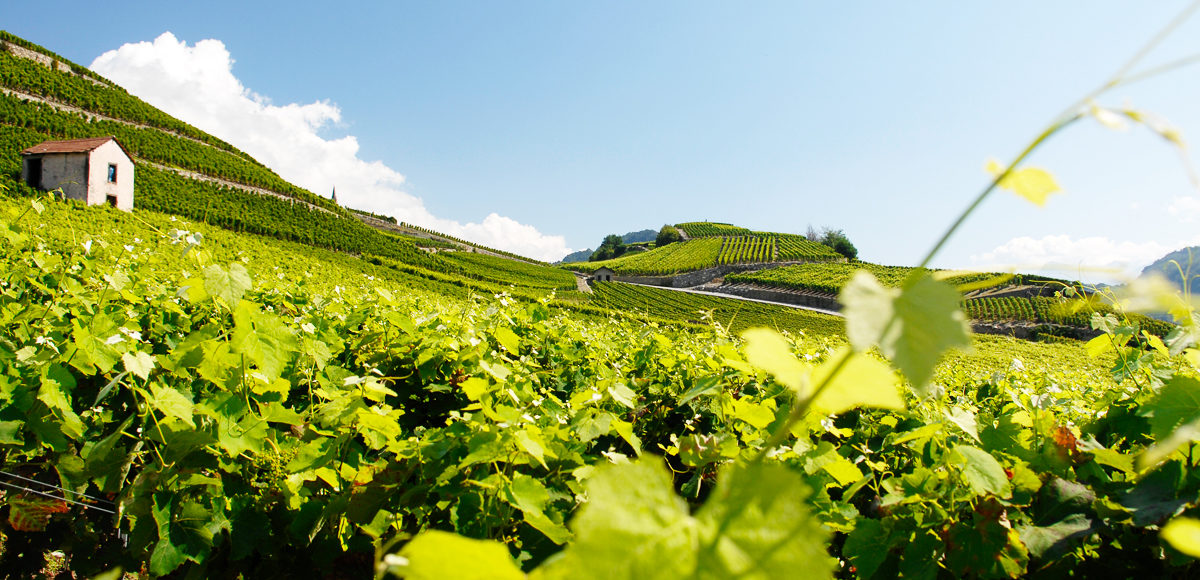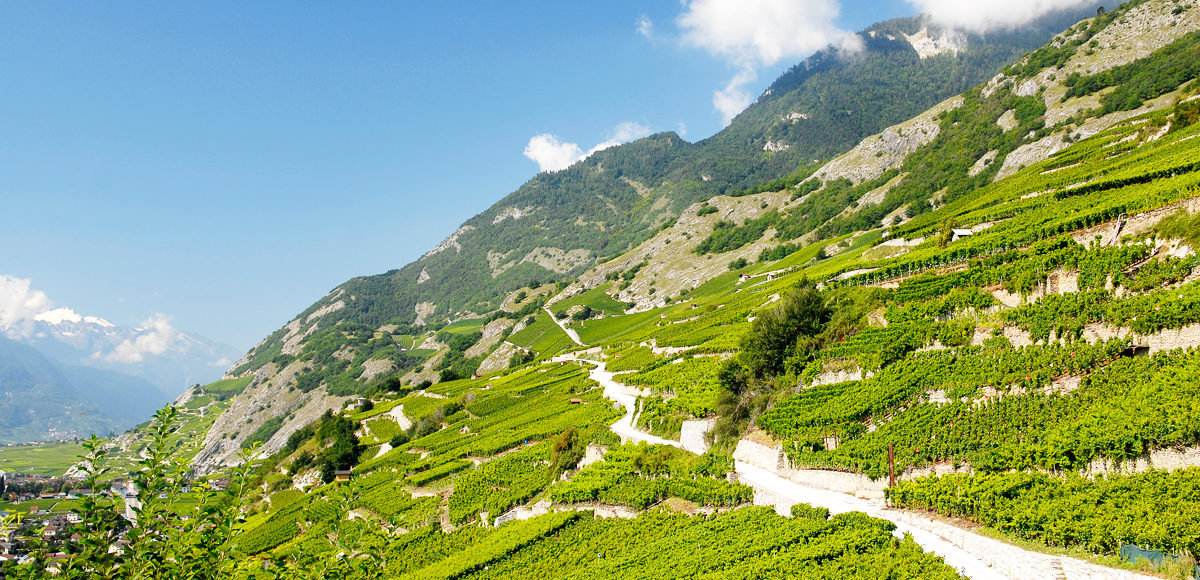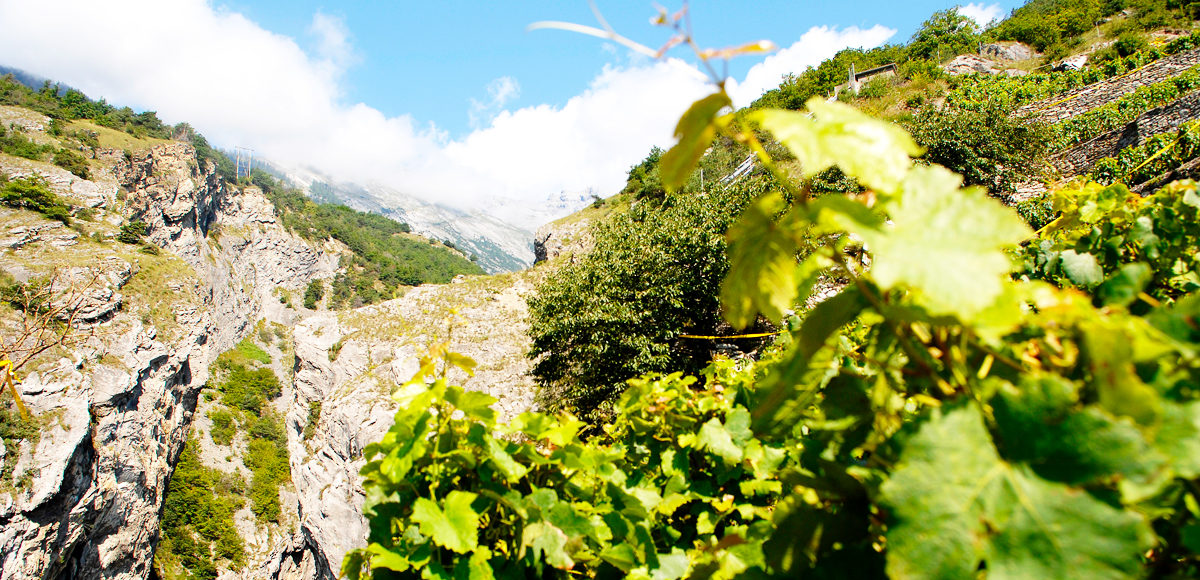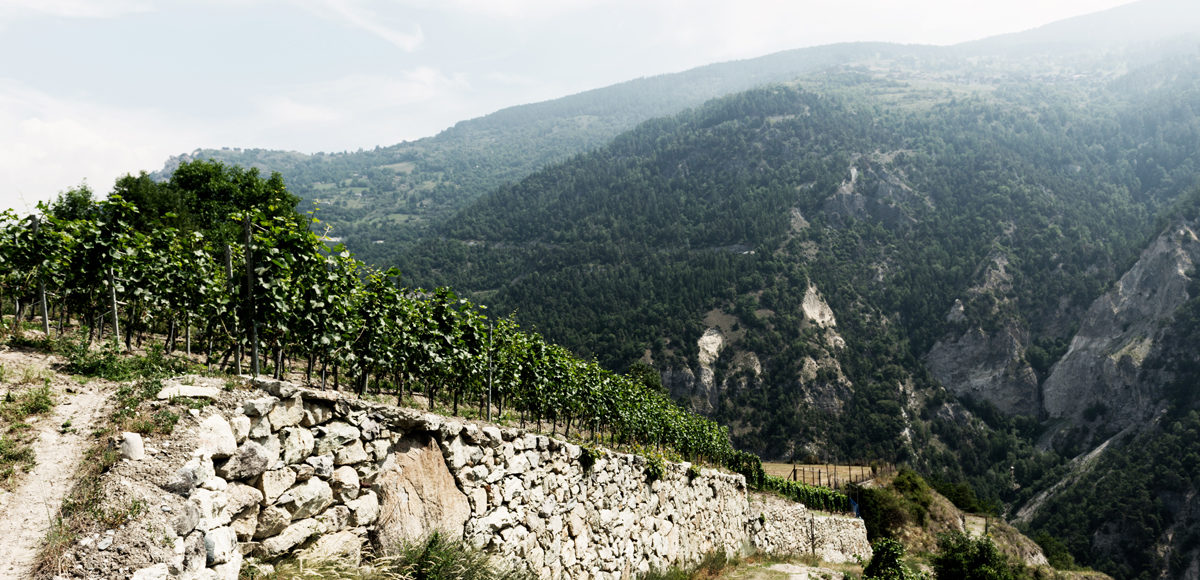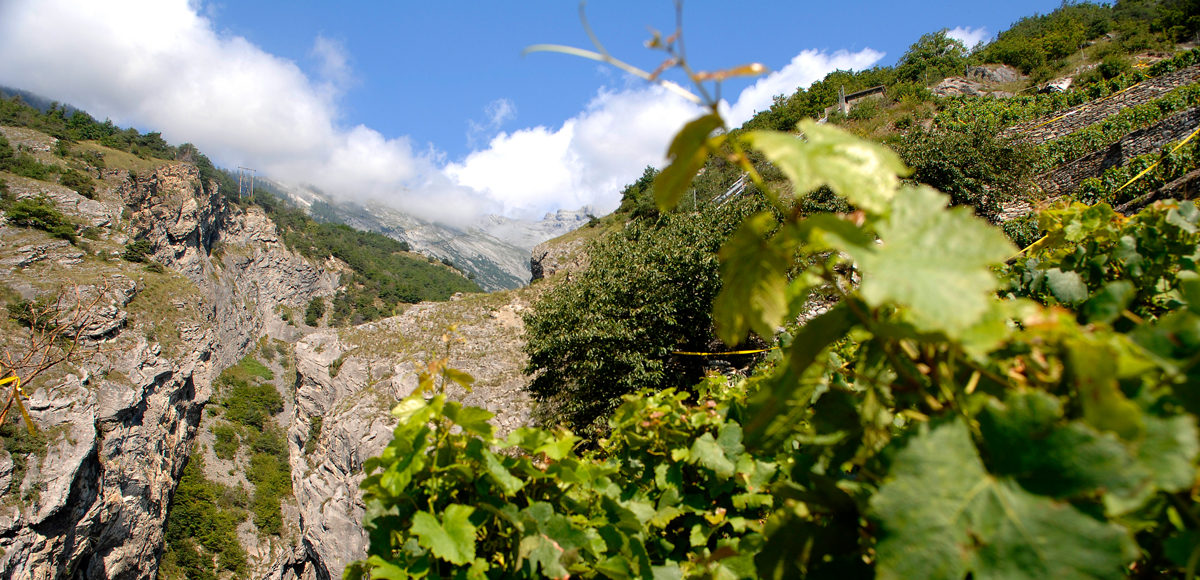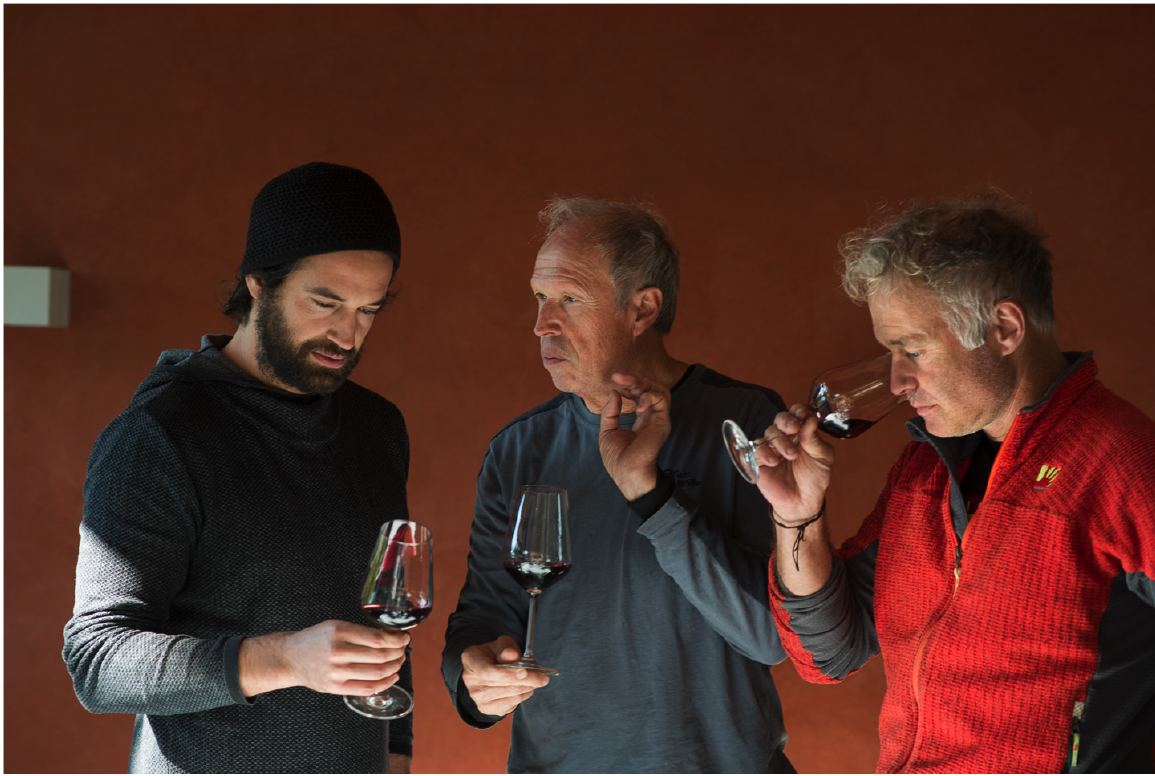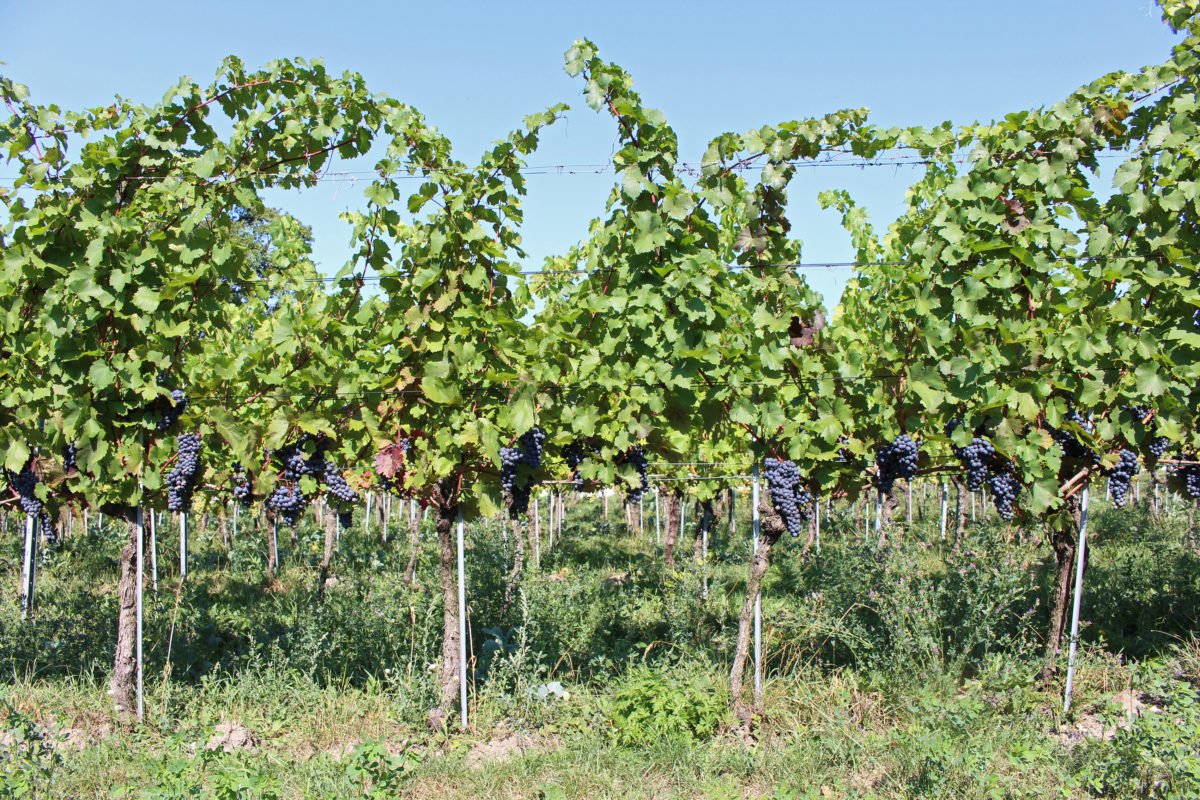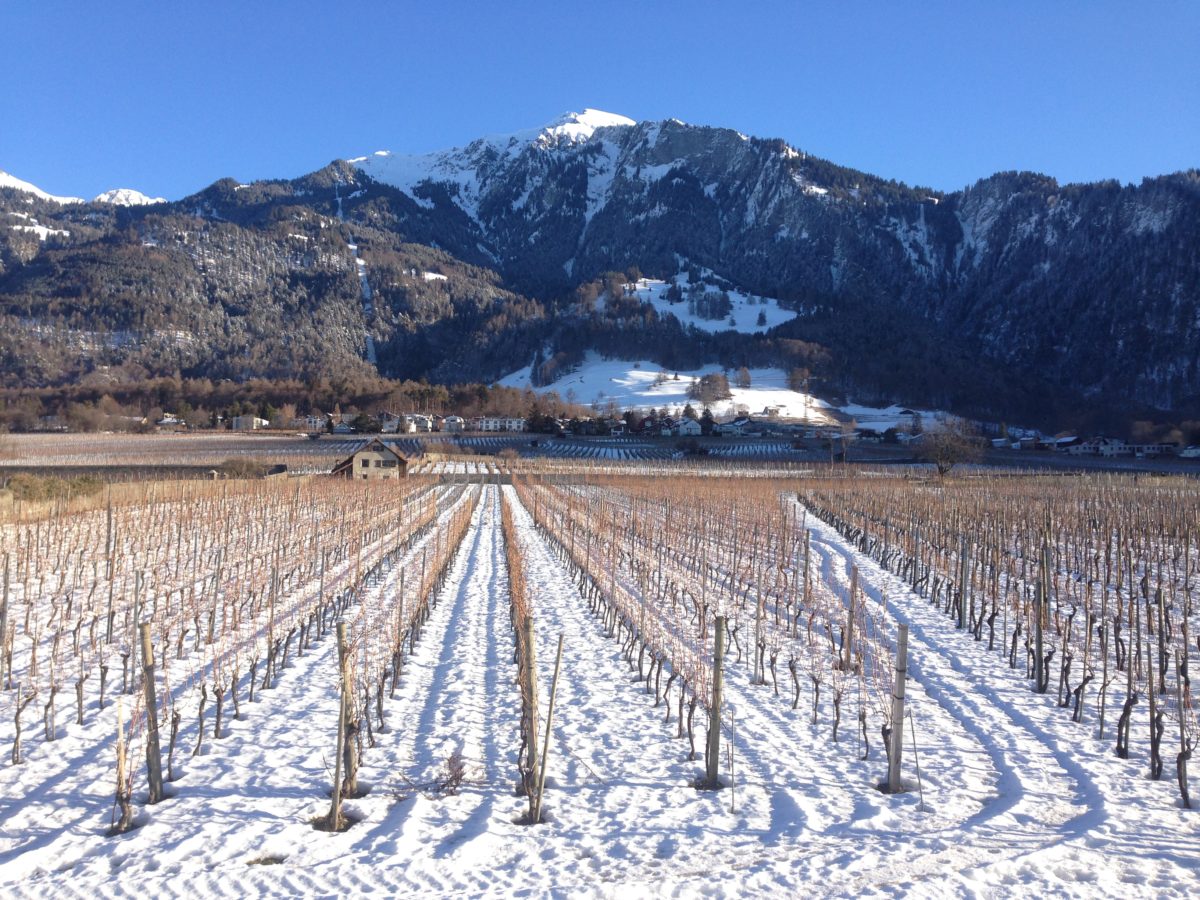“The same goes for both wines and people: we cannot change them, just help them to reveal their true selves. Respecting the personality of every terroir. Understanding and interpreting and enhancing it.” —Raymond Paccot
It is not just the glaciers that are melting in Switzerland. Dated prohibitions and mindsets are, too. There is a big push to organic farming as a means of greater vineyard expression, a healthy embrace of natural wines, and a significant swing to women taking over family domains in ways that felt impossible even one generation ago. Now that these baselines are being established, Laura Paccot, who took over in 2018 from her father, Raymond, says, “The challenge for our generation is in the cellar. To learn to work without adding anything, but to retain the control so we keep the pleasure and the signature of where the wine comes from.” The Paccot family seem ideally suited to take aim and hit this mark of precision, discretion, and respect for both tradition and the future.
History
Jules Paccot, the son of a French seasonal worker from Savoy, bought vineyards in Féchy in 1917. His son, Roger, created the winery known as La Colombe in 1961. In 1978, Roger’s eldest son, Raymond, returned to the estate after a few years of teaching and a trip to Africa that opened his eyes. He realized he missed the vines. It was then that he returned home and switched careers to become a grower and passionately committed oenologist. He studied at the Changins Technical School of Viticulture and Oenology, and after internships in California and Spain, returned to Féchy to take over the family estate.
Succession has always been gradual and smooth for the Paccots. Roger gradually reduced his work load and responsibilities when Raymond returned to the family estate, and the same was true for Raymond’s daughter, Laura, who has been involved in the decision-making processes for quite some time, studied at the same school as her father, and has logged apprenticeships in both South Africa and France (most notably in Burgundy at Domaine Dujac). In 2018, she took over the estate. Today she and her father collaborate, with her focus on the vineyards, and her father’s in the cellar. “My parents have always been really open minded,” says Laura. “My father was a pioneer with biodynamics, which he started exploring in 1999. Organic wine had a bad reputation in Switzerland at the time. People thought it had ‘oneological defects.’ But he understood, and we now know, that among many other things, it allows each vineyard to express itself better.”
Over time, the Paccot family has been exploring their region’s terroirs to gain a deeper understanding of each vineyard’s personality. Today, Raymond, his wife Violaine, and Laura are committed to farming and winemaking methods that respect natural rhythms; they refuse to compromise quality at any juncture. They have increased their vineyard holdings in Vaud from eight to 19 hectares, were one of the first producers in Switzerland to employ biodynamic practices, and are now Demeter certified. Their goal is to make a contribution to the revelation of the full potential of the great terroirs in the canton of Vaud.
Region
Sitting on the northwest shore of Lake Geneva, cradled by France’s Jura region to the west and the Alps to the southeast, Vaud is a real gem. Domaine La Colombe is located in the regional AOC of La Côte, one of Vaud’s six wine regions, sited between Lausanne and Geneva. The winery itself is in the village of Féchy, as are most of their holdings (their Petit Clos parcel is in the neighboring village of Mont-sur-Rolle). Together, these two appellations produce a significant portion of the canton’s white wine. Chasselas, locally known as Dorin, is Vaud’s calling card, accounting for nearly 90% of total production.
Vineyards and farming
In Vaud, vineyards sit 450 to 600 meters (1,500 to 2,000 feet) above sea level but, thanks to the lake, they experience rather mild growing conditions despite their high altitude. Grapes ripen slowly and have less risk of spring frost. In addition, most vineyards face southeast, an ideal orientation for vines as the sun warms the soil in the morning, and prevents grapes from being exposed to the searing afternoon heat.
Much like the Valais, the landscape of this region was carved by the Rhône Glacier. When the glacier disappeared 12,000 years ago, it left behind moraine deposits which have gradually decomposed to form a variety of soil types. The soils of La Côte are relatively deep, with clay and limestone predominating. Sand, gravel, and silt crop up periodically. Classic calcareous marl soils are found higher on the slopes, including the upper half of Brez. The lower on the slope (and closer to the lake) one goes, the deeper (and cooler) the clay soils get. For pinot noir and gamay, the clay is finer and offers a deeper, denser character in its wines.
Over time, the Paccots have realized the critical importance of healthy, natural winegrowing that respects the soil and the planet. In 2000, they began employing biodynamic techniques in the vineyards. For them, this is just the beginning. Their research and experimentation includes permaculture and plant-based treatments in furtherance of producing pure, authentic, and truly natural wines.
In the cellar
Chasselas, a pale and delicate grape, can express a deep fruity character, often backed by minerality, smokiness, and flint. The Paccot’s expression in the Petit Clos bottling, from old vines, is all flesh and fruit, freshness and grip, density and succulence in perfect balance. Colombe’s pinot noir and gamay are marvelous amalgams of red fruit and savory elements: both from nearly 40-year-old vines on clay and limestone, typically 60% whole cluster with a long cold soak and neutral barrique aging. Minimal SO2 added at bottling. “Time is the best help we have to make harmonious wines,” Laura notes. “You don’t need much else if the wines have time.”
This estate is one of the oldest Swiss wineries founded in 1886. Urbain Germanier harvested his first vintage in 1896 at Balavaud (a hamlet in the commune of Vértroz) and devoted his life to his vineyards. His three sons, Francis, Paul and Charles later took over and the winery is now in its 3rd generation under the direction of Jean-René Germanier and his nephew Gilles Besse. Gilles Besse was 24 when he was approached by his uncle, who is only 7 years his elder, to join the family winery. At that time, Gilles was a jazz saxophonist in Geneva and had absolutely no knowledge about wine. He rose to the challenge and began studying oenology in the Swiss school of Changins and in 1993, vinified his first wines at the estate, nestled in the heart of the Valais. Together, Gilles and Jean-René have been farming sustainably for nearly twenty years and have ultimately pioneered a qualitative winemaking revolution in Switzerland. Out of love for the art of winemaking, quality remains the utmost priority.
Located in the southwest of Switzerland lies the wide, glacial Rhône valley known as the Valais—one of 26 cantons that form the Swiss Confederation. The Valais region benefits from a particular microclimate as a result of its latitude and the fact that the valley is situated in between the Bernese Alps in the north and the Pennine Alps in the south. Home to the highest peaks in the Swiss Alps, more than 50 mountains exceed 4,000 meters—the highest of which reaches 4,634 meters (15,203 feet). At altitudes like this, it is no wonder this region is one of the wettest in the country. Having said that, air loses its humidity when passing summits above 4,000 meters and forces a strong, dry, downward wind into the Rhône valley (known as the Föhn), deeming it the driest valley and wine producing region in Switzerland. This continental dichotomy creates ideal growing conditions; the crisp, dry air provokes a diurnal shift that is particularly helpful in the spring when the risk of frost is high, as well as in the fall, helping to ensure slow ripening. Overall, the Valais plain receives less than 600 millimeters of rain per year and more than 2,000 hours of sunshine during the growing season. In addition to the climate, many vineyards are situated on the slopes of this alpine valley, most of which are conveniently oriented to the northeast and southwest.
At 5,000 hectares, the Valais is the largest AOC in Switzerland and accounts for a third of the total wine production, most of which is red (more specifically, pinot noir). But there is plenty of white wine as well and the most notable variety is Fendant—a local synonym for Chasselas, only used in the Valais. Bordered by Italy in the south (Valley d’Aosta and Piedmont) and France to the southwest, it is no wonder this region boasts wines of quality.
One of the key philosophies in the vineyards for Gilles and Jean-René is striking a balance between the amount of leaf surface and the quantity of grapes on the vine—an extremely important relationship when it comes to photosynthesis; more leaves means more vigor which often results in an abundance of grapes with low concentration. Leaf plucking and dropping fruit controls yields and boosts flavors. In addition to lowering yields, farming organically without the use of herbicides and pesticides, harvesting by hand and employing rigorous table sorting, these two are seeking forgotten varieties of the Valais that are awaiting rediscovery. Hyper focused on preserving the tradition of the region, they are replanting indigenous varieties (particularly Amigne and Syrah) and conducting soil studies to assure they are planting in soils that are conducive to said varieties’ ability to flourish. For the past five years Gilles and Jean-René have been farming in accordance with Bio Suisse—an achievement only three wineries in Switzerland can claim.
The Swiss Rhône Valley encompasses a diversity of soil types, three of which are most notable: black slate, alluvial gravel and silt. The slate is found on the terraced slopes, influenced by the “mother rock” of the mountain, and imparts hydric stress during the growing season. The second main type are the alluvial soils, created from the lateral valley of the Rhône. These soils are made of round gravel and a high proportion of silt. They are colder than the other two and retain more water. Lastly, at the bottom of the slope lies the ancient Rhône Glacier moraine which links the soils of the plain to those of the mountain. Here you will find a very fine mix of slate, gravel and silt.
While Gilles and Jean-René are still operating in their ancient bicentennial vaulted cellar (where their earliest vintage was pressed in 1896), they are constantly in search of innovative winemaking techniques and new technology with the shared goal of making pure wines, implicative of their respective terroirs. In the cellar, they intervene as little as possible. They ferment with ambient yeasts and closely monitor temperatures. Whites ferment in temperature controlled vessels and remain on the fine lees, with intermittent battonage, until bottling. “Classic” wines are aged in tank while “Reserve” bottlings are aged in barrel. The reds undergo cold maceration prior to fermentation, see regular pigeage throughout, and are aged in barrel.
Jean-René Germanier has proven their commitment to quality and are producing wines of pronounced character. We are thrilled to be working with their wines in the U.S.
“We believe that making a natural wine does not correspond with leaving everything to chance. We need to understand in detail every process in the vineyard and during fermentation. Only then can we reach the essence of every grape and its terroir.” — Marco Fromm
For five generations, the Fromm family has dedicated itself to the cultivation of pinot noir in the high mountain terrain of Graubünden, where Switzerland touches Austria and Alto Adige. The valley floor sits at 550 meters (1,800 feet) above sea level; vineyards climb from there. Just 2% of Swiss wine makes it out of the country, due in part to what Jancis Robinson calls “some of the world’s prettier and more inconvenient vineyards” and in part to a deep domestic appreciation for the exceptional quality produced in those parcels. As rare as it is to find these wines in the U.S., it is even more extraordinary to taste those from the hand of legendary vintner Georg Fromm. 2019 marked his 50th harvest. Though not all of his work with pinot noir has been in the home vineyards of Malans, decades of globe-trotting experience has given him rare perspective on his mountain terroir. Of the Fromms’ 7 hectares, 5 are a handful of historic crus. Each is distinguished by the varying compositions of their soils, slight differences in exposition, hours of sunlight and microclimatic influences — especially the warming Alpine wind known as Föhn. Of decisive impact are a mix of Burgundian and old Swiss pinot clones that Georg, and now his nephew, Walter, and son, Marco, work with. They offer a distinct palate of flavors, aromas, and textures as well as a time-tested hedge against climate change. Their farming has been certified organic by Bio-Suisse since 2015. Winemaking focuses on spontaneous fermentation in open tanks, with long aging in neutral wood. The results are lustrous pinot noirs of arresting aromatic complexity, finely polished tannins, balanced alcohol, and unmistakable Alpine freshness.
Region
Malans is surrounded by towering peaks up to 2,500 meters [8,000 feet] above sea level. Here the Rhine flows north from the nearby town of Chur before making a westward bend. Chur, the capital of the canton, is the oldest settlement in Switzerland and has been an important merchant town since Roman times. As Marco notes, “Not only traders made and still make their way to and from the south, crossing the Alps at the San Bernardino Pass to reach the Bündner Rheintal in the north, but also the warm southern Föhn crosses the mountains in autumn, creating an ideal climate for viticulture.” Graubünden is one of the smallest Swiss AOCs with just over 400 hectares of vines and tight restrictions on expansion with an eye to protecting the region’s forest lands. Producers are impelled to aim for optimal quality since, as Marco says, “quantity is not an option.”
History
Marco notes a certain serendipity of timing in the introduction by Duc de Rohan, the French leader of the Huguenots, of pinot noir to Malans, “the same year that the Fromm family became official citizens of our village: 1648.” The first Georg Fromm was a pioneer in exploring the potential and singularity of the family’s single vineyards. As early as 1912 he was awarded a gold medal for his pinot noir from the family’s Schöpfi vineyard, a site they still hold today. In 1969, his grandson – also Georg – inherited the family business at the tender age of 16. He invested 23 years in studying the varieties and terroir of Malans. As Marco points out, “the mountains that surround Malans define the constitution of our terroir and are quite a spectacular sight. In spite of their beauty, massive walls of stone and rock can also limit the vision and mind of us human beings.” In the early ‘90s, seeking fresh inspiration, Georg and his wife, Ruth, moved to New Zealand, where they built the well-regarded Fromm Winery. Then, after travelling the world for 20 years, they sold the New Zealand winery and returned to Malans, with a suitcase full of new ideas, broadened horizons, and renewed appreciation for the terroir under their feet.
The Fromms
The Fromm team is small and still very much centered around the vital, charismatic Georg. At the age of 12, Georg was already serving the family farm, milking cows before school each morning. With the early death of his father in 1969, Georg, then just 17, took over and sharpened his focus on the vines. His concentration on pinot noir was a natural outgrowth of his ancestors’ devotion to this variety and its deep roots in Malans. Georg’s son Marco had lived in New Zealand for years, working as a restaurateur and graphic designer. He’s now responsible for business operations, as well as a range of gins made with Alpine botanicals from the Fromm gardens. Walter’s passion for winemaking was sparked at age 20, when, prior to his compulsory military service, he did a stint with Georg. He holds an oenology degree from the University of Applied Sciences in Wädenswil, and worked in Radda in Chianti Classico for two years before founding his own winery, Vignano, in Certaldo, Tuscany. He and his wife, Nathalie, lived and worked there for 15 years before returning to Malans in 2015. He continues to benefit from Georg’s unparalleled experience and expertise. The team is united by a love of wine, especially inspired by those of Burgundy and Brunello.
Vineyards and farming
The soils in Malans are defined by two major geological phenomena. The higher vineyards are most influenced by glacial alluvial deposits from the last ice age. The lower vineyards are also composed of glacial debris, as well as sedimentation from the Rhine, which meandered across and regularly flooded the valley floor before it was channeled in the 19th century. A high concentration of schist and limestone is most apparent in the Selvenen and Michel vineyards. Significant proportions of iron and magnesium impact the mineral structure of the wines. The Fromm’s lowest-lying vineyard, Schöpfi, is most influenced by river sedimentation and, besides schist and clay components, is quite sandy. Marco explains, “Looking at it from a sensory and metaphoric point of view, the clay and sand in our lower vineyards smooth the rough edges of schist and limestone. The coolish minerality is paired with a slightly warmer, earthy complexity.”
The Fromms’ attention is riveted on Burgundian and old Swiss clones. Marco explains that the latter have thicker skins, ripen later, and give a very distinct profile to the wines. “The aroma spectrum of the Swiss clones has a stronger emphasis on dark fruit such as blackcurrant, plum, and dark cherries,” he says. “The Burgundy clones in comparison tend to have more red fruit and notes of flint or eucalyptus. The tannins and mouthfeel of the wines are also a bit richer and bolder. He also notes that the Swiss clones reach ripeness around 10 days after the Burgundy clones. “In really warm years acidity starts to drop early, we harvest the Burgundy clones at perfect ripeness and we also have to start harvesting the Swiss clones despite wanting to leave them a bit longer. In colder years, quite often in between the harvest of the Burgundy clones and Swiss clones, our warm southerly wind kicks in, giving the Swiss clones two extra weeks of warm days and cold nights, which are so ideal for pinot.” In the Fromms’ clos, vines are densely planted and range between 25 to 50 years old. In other parcels, vines are somewhat younger.
All Fromm vineyards have been certified organic by Bio-Suisse since 2015. Pesticides and herbicides have never been used. Georg has been applying various biodynamic concepts to his vineyards for decades and Walter fundamentally shares this vision of working closer with nature year by year. For him, organic certification was just “a first step in the right direction.” Marco says, “We create a high biodiversity within the rows to break the monoculture of the vines. Each year, after we analyze the soils, every vineyard receives a customized selection of clovers, kales, flowers, and other plants. The cover crops create fertile soil and increase the food supply for beneficial insects. The soil densification is lower and with their roots, the cover crops reduce the amount of nutrients and humus being washed out of the soil. Before the harvest, we do not mow this whole biodiversity, but simply press it into the ground with a roller. All of this makes it possible to increase soil fertility in a natural way. The vines strengthen their immune systems and natural growth rhythms in harmony with the seasons.”
Marco relates that climate change has brought “quite a few early harvests in recent years.” But he notes that “In hot years we reduce the foliage; herewith we prevent a too-early ripeness but the pinots still get to that stage when the days are warm but the nights are cold, which is so crucial for them to develop their aromatic complexity.”
In the cellar
The Fromms operate from a specific philosophy: “We believe that making a natural wine does not correspond with leaving everything to chance. We need to understand in detail every process in the vineyard and during fermentation. Only then can we reach the essence of the grape variety and its terroir.” In the cellar, this means all wines are fermented with native yeasts in open tanks and remain on the skins for two weeks. Elevage for the Village wine typically sees an approximate 9 months in 3,000L oak, while the single vineyard wines are raised in barrique (typically 20% new), with an average elevage of 13 months on the lees without batonnage.
